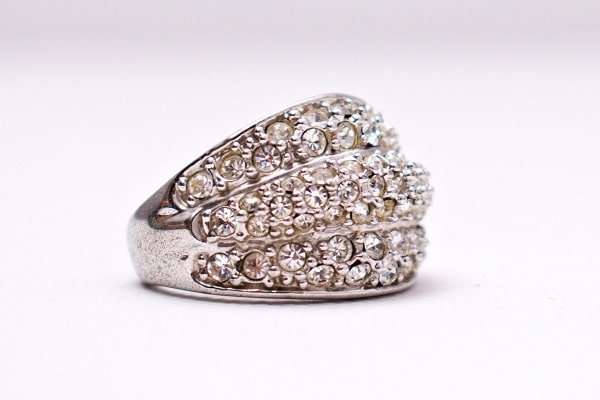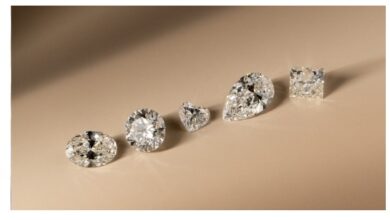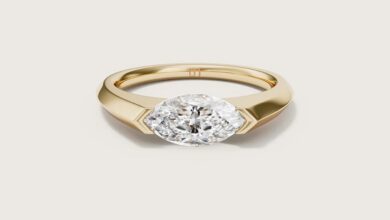Understanding the Difference between Lab Grown Diamonds and Natural Diamonds

Any individual who has been on the hunt for a diamond ring, earing or necklace for the first time will tell you that it was an overwhelming endeavour. People are overwhelmed simply because of the immense varieties of crystallised carbon stones, the various shapes that they come in and the styles or designs that they come in. As if all those choices do not suffice, the dealers normally add to the ‘stress of selection’ by dropping another bomb, when they ask “natural or lab grown diamonds?” leaving potential buyers more confused than ever.
Even for experienced diamond lovers, making choices can be a stressful task and as such having a little understanding about the differences between wholesale lab grown diamonds and natural diamonds can go a long way towards making the right choice.
For those of you who wonder what sets naturally mined diamonds and lab-grown diamonds apart, the next paragraph will provide a brief overview on the subject as the difference between the two types of stones are actually minimal with the biggest difference being the price, methods used to create lab diamonds and the environmental ramifications of natural diamonds. From the chemical and optical perspective, they are identical as far as jewellery experts are concerned.
Besides the difference in regards to how these stones come into existence, there are other defining features that allow differentiating between the two types. To start off with, natural diamonds are formed deep beneath the earth as they require intense pressure and heat that would trigger carbon to restructure at the atomic level. In contrast lab-grown diamonds are made via a process that is referred to as “chemical vapour deposition”.
The chemical vapour deposition method revolves around starting with a ‘diamond seed’ a slim slice of a diamond that is in a vacuum chamber and within this vacuum, carbon molecules assimilate to the thin layer which causes it to grow (similar to 3D printing). In brief, after the diamond is grown, it will undergo the cutting and polishing to be rendered as ‘the final product’ which from a chemical perspective is the exact same thing as natural diamonds, minus the environmental damage that natural diamonds are frequently associated to.
For those who are unaware, lab diamond technology actually kicked off in the 50s and it was not until the turn of the century before they were able to produce the same quality as natural diamonds. As for the pricing, natural diamonds are much pricier, not because they are of better quality, but because the process of mining is expensive and added to the labour costs of diamond mining is exorbitant.
This is the primary reason as to why lab diamonds are cheaper, cheaper by approximately 50% at times when compared to the price of natural diamonds that are of similar grade.
Both types have the same level of durability which in other words means that they are undoubtedly the hardest carbon-based material on the planet!





